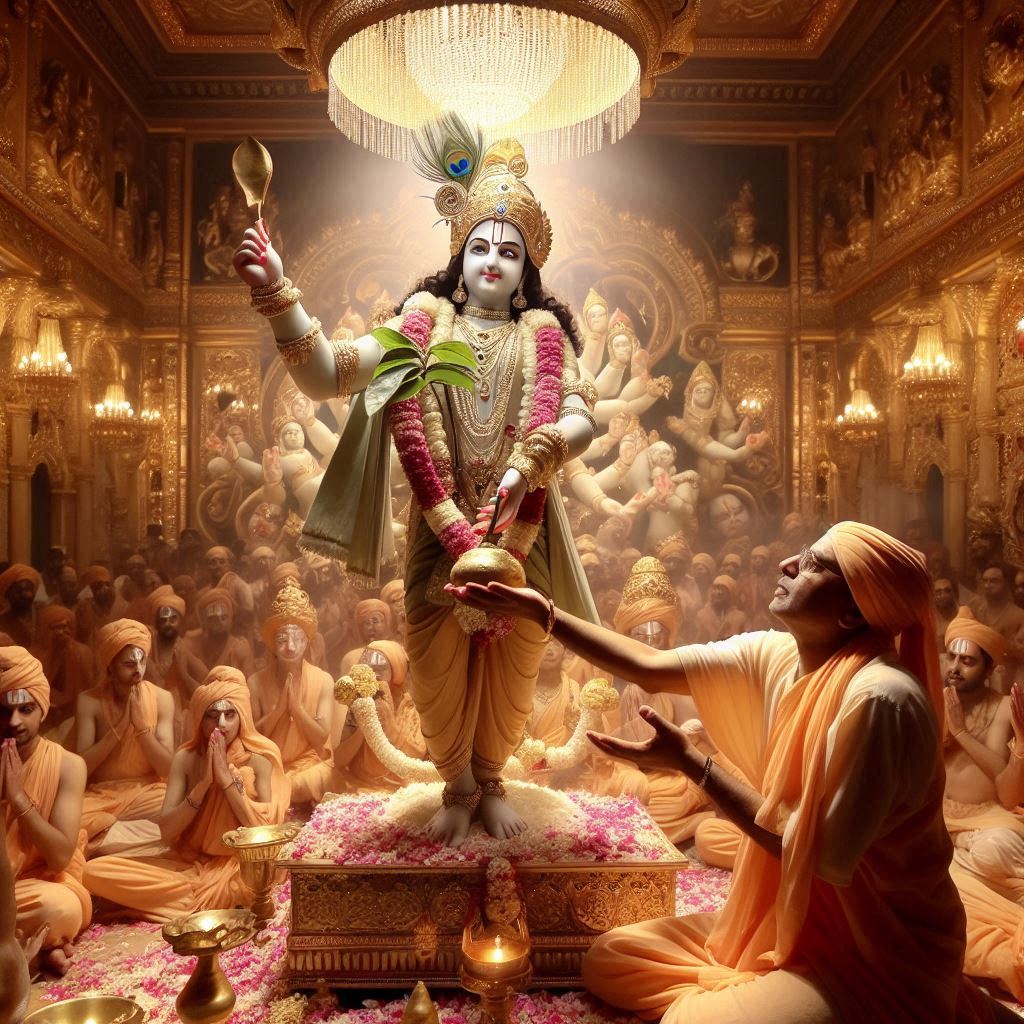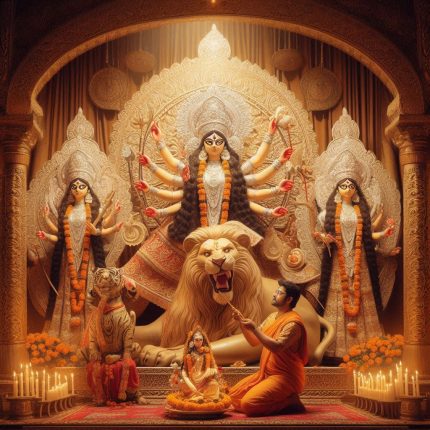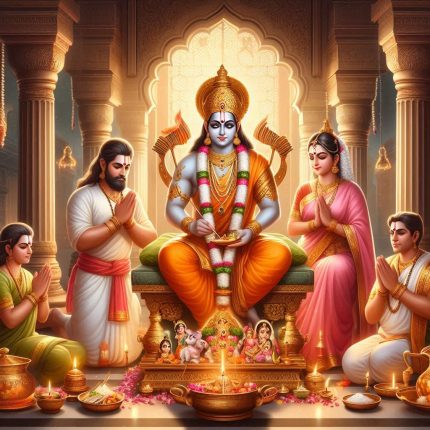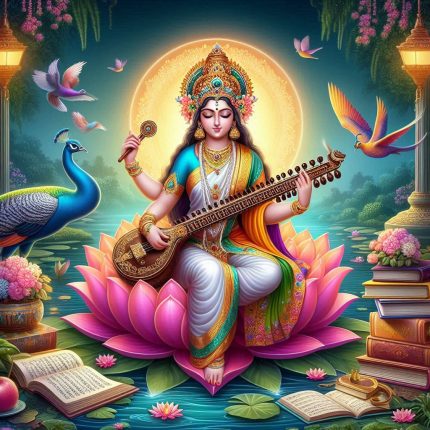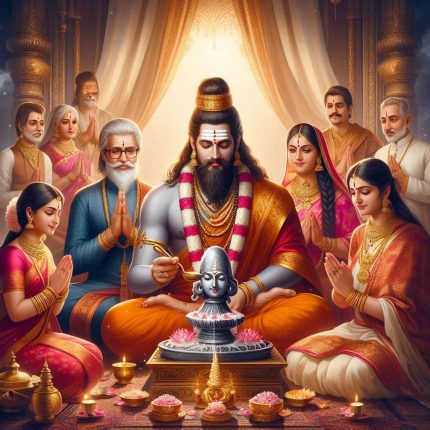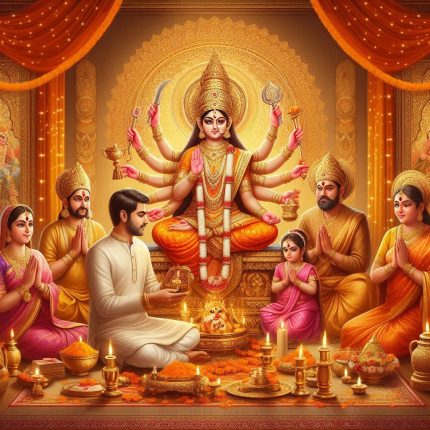Govardhan Puja: A Celebration of Nature and Gratitude
Samagri
for Puja:
Haldi [organic] (20gm), Kumkum [organic] (20gm), Tulsi Mala (1), Diya Batti (5), Beetle Nuts (5), Desi Ghee (20ml), Honey (20ml), Jaggery (Gudh) (20gm), Akshata [Yellow rice] (20gm), Yagno-paveetha (5), Karpoora [camphor] (5Tabs), Red/White/Yellow Cloth(1 mtr), Prasad [Laung, Elaichi, Mishri] (20gm), Mouli (25mtr), Ganga Jal (15ml), Durva [fresh] (1), Agarbatti (6)/Dhoop (2), Dakshina (100INR), God Idols (pair), Sambrani (2), Sambrani Holder (1), Kalash [small copper] (1), Panchpatra [small copper] (1), Diya Holder (2), Panchamrit spoon (1), Karpoora Holder(1), includes perishables [Beetle Leaves [fresh] (9), Flowers [fresh] (incl mala), Tulsi [fresh], Mango Leaves [fresh] (7)]
Small Havan:
Cow Dung Cake (2), Mango Wood (250gm), HavanSamagri [20+ Grganic Herbs] (100gm), Ghee (20ml)
Yajman to provide:
Curd (100gm), Milk (100ml), Mithai (250gm), Fruits [5types], Coconut (1), HavanKund, SuchiSarva (Havan Spoon) (1), Kalash [big] (1), Bowl [preferably copper/silver] (1), Spoon [preferably copper/silver] (1), Utensils [2 big Plates (for Aarti/Samagri), disposable Plates, Bowls & Spoons], First solid food (preferably Kheer or Payasam)
Importance and Significance of Govardhan Puja
Govardhan Puja symbolizes the idea of protecting nature and living in harmony with it. By honouring Govardhan Hill, devotees acknowledge the role of the environment in sustaining life. The festival teaches the importance of humility, devotion, and gratitude toward God and nature. It also reinforces the message of Lord Krishna, who advocated for a life of compassion, care, and community.
Benefits of Govardhan Puja
- Expressing Gratitude: The puja fosters a sense of appreciation for the natural world and its resources.
- Strengthening Faith: Engaging in the rituals deepens one’s connection to Lord Krishna and reinforces faith in divine protection.
- Promoting Community Spirit: The festival encourages communal participation, fostering unity and camaraderie among families and neighbours.
- Cultural Heritage: Govardhan Puja is a celebration of rich traditions, reinforcing cultural identity and values.
Occasions to Perform Govardhan Puja
Govardhan Puja is celebrated on the day following Diwali, during the Hindu month of Kartik. It is an occasion marked by various rituals and festivities, particularly in regions closely associated with Lord Krishna, such as Vrindavan.
Govardhan Puja Vidhi (Procedure)
- Preparation: Clean the home and create a sacred space for the puja. Decorate the area with flowers, rangoli, and colorful items to create a festive atmosphere.
- Setup: Prepare a mound of food (representing Govardhan Hill) made from various ingredients such as flour, rice, and sweets. Place an idol or picture of Lord Krishna nearby.
- Invocation: Begin the puja by invoking Lord Krishna, expressing gratitude for his divine protection and blessings.
- Offering Prayers: Recite mantras and offer prayers to Lord Krishna, seeking his grace and protection for the family and community.
- Puja Rituals: Perform aarti, offer a variety of food items, and make symbolic offerings to the mound of food, reflecting the abundance of nature.
- Feasting: After the puja, share the food offerings with family and friends, celebrating the blessings of abundance and togetherness.
- Community Celebrations: In many areas, communities come together for communal prayers, cultural performances, and festive meals, reinforcing social bonds.
Govardhan Puja Shubh Muhurat
The Shubh Muhurat for Govardhan Puja is determined based on astrological considerations, focusing on the auspicious time to perform the rituals, typically in the morning or afternoon.
By celebrating Govardhan Puja, devotees honour the values of gratitude, respect for nature, and the teachings of Lord Krishna. This festival is not only a time for worship but also a celebration of life, community, and the abundance that nature provides.

